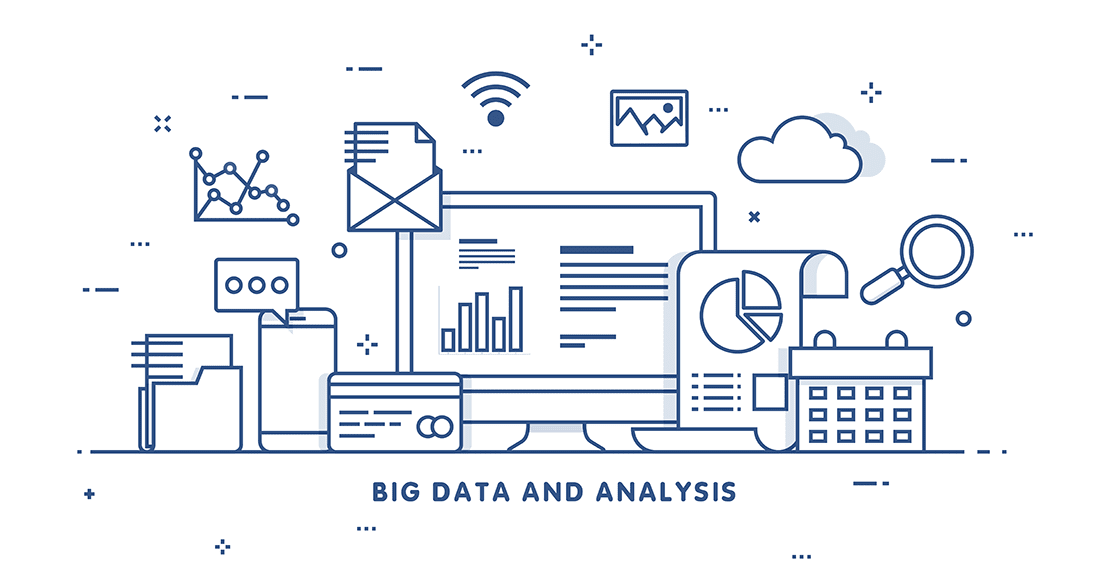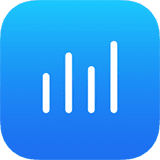APP DATA ANALYSIS
What Are App Data Analysis and What Are The Benefits to App development and updates? vndwioneniowenoinweiofnwcnwklfnklwe
Mobile App Data Analysis are much more than just collecting data. App Data Analysis provides user engagement metrics, including a number of sessions, active devices, and retention. With these metrics, you can evaluate the impact of app changes or updates, such as modifying the initial on-boarding experience, to see which changes improve engagement with your app.
Without a definitive plan and deep understanding of the fundamentals, your mobile app data will get complicated very quickly. Integrating analytics into your app marketing produces beneficial insight.
How App Data Analysis
benefit my business
Apps on the app store are constantly battling for visibility and user attention. It is a cut-throat contest, therefore, it is essential to have an acquisition strategy with monetary goals. No surprise that marketing costs money, therefore you need to get a return of the hours of time and money you have invested. With only 53% tracking their marketing ROI, I feel some are missing a huge trick. App data analysis measures how different channels deliver and compare throughout different acquisition stages and strategies, to grasp what results are best for ROI.
By looking at your analytical data, you can map out what channels are working best for you and your app so you can accurately spend the bulk of your marketing budget.
Targeted push messages delivered to specific people can produce a 4x lift on open rates, boosting the 1.5% average open rate seen with generic notifications to 5.9%. App data analysis is a great way to get to know your new users, including those who have fallen out of the marketing funnel and could be converted into a higher lifecycle stage. From the data gathered you will be able to establish who is downloading your app and opening it again after the first look. By analysing in-app user behaviour and profile data, the data gained can inform your marketing strategy to win them back using targeted personalised messages and in-app experiences.
According to a Harvard Business Review study, researchers found that “businesses that integrate multiple sources of customer and marketing data significantly outperform other companies.” They also had dramatically higher total shareholder returns.
It’s time to compare the best mobile app data analysis tools and platforms on the market today. We did extensive research to Firebase and Apple App analytics.


What App Development Agency Miracle can do for App Data Analytics
Miracle App Data Analysis team brings transparency and insight into your mobile marketing. Miracle App Data Analysis is best known for providing the necessary tools and training for our clients. We teach our customers how to leverage this data to their advantage. Unlock your in-house team’s full potential with direct access to user-level data. Our proprietary infrastructure normalizes data from hundreds of disparate systems into a single, flexible format that gives you the power to output data in multiple ways.






FREQUENTLY ASKED QUESTIONS
If you’ve just launched a mobile app, here are some questions you might be asking yourself:
- How many users have downloaded the app in total?
- How many of those users are active?
- How do users interact and engage with the app?
- What features do they use most often? Which do they ignore?
- Which channel generates the most users? Most valuable users?
- Are users experiencing an friction? Any technical issues? UX problems?
Web analytics software has been around since the early 2000s and became mainstream in 2005 when Google purchased a company called Urchin, then relaunched the product as Google Analytics. Web analytics tools are built around the core measurement unit of the “page view.” On a website, each page has a distinct URL, and when a visitor navigates from page to page, the activity is tracked and made available for analysis.
Applications, whether mobile or web, are engineered in an entirely different way than websites. Common activities within an app, such as swiping, searching, and “liking” cannot be represented by a “page view.” These user actions are often referred to as “events.”
This distinction, and the rapid increase in the number of applications, led to the creation of a new category of analytics tools built on the “events” data model. This includes products like Mixpanel, which are often referred to as app analytics (or product analytics), given that their architecture is tailor-made for application analysis.
Data analytics can reduce your marketing costs. Because the metrics give you a greater awareness of what’s profitable and what’s not, you will not waste your budget on dead-end endeavors.
Yes, Loyal customers are often the result of a well-thought-out data analytics strategy. Because data sets help you get to know your customers better, you will be able to cater to their needs more efficiently. You can also get a feel for why carts are abandoned and work to resolve those issues.
Apps are often referred to as “products,” and the elements of the product that users interact with are often called, “features.” Top product teams utilize agile product development and aim to ship new features quickly. From there, they see if the features are contributing in positive ways to the user experience. If they do, they keep them, and if they don’t, they use data to understand how to improve them.
For example, Lemonade, a company that makes a mobile app for buying renters insurance, introduced a variety of new features to improve their quote-to-purchase rates. After each feature release, they measured its effectiveness, then improved upon it, ultimately boosting the rate of purchase by 250%.
Within a product, or app, there are many paths users can take. The goal of the user is to get value out of the app, which could be defined as anything from entertainment to increased productivity to booking a flight for their dream vacation.
The aim of the product team building the app is to help users experience that value, with as little friction as possible. User flow analysis—also referred to as path analysis—is a common method of understanding the parts of an app that users gravitate toward, as well as those that drive users to leave the app.
Regardless of the type of app, consumers have many options to choose from, and only so much time and money to spend in any one place. Netflix, Hulu, and Disney Plus compete in the video streaming market, while Charles Schwab, Personal Capital, Betterment, and Robinhood compete for investors. Knowing the ways users engage within the app, as well as the behaviors that contribute most to user retention, is essential to success. App analytics tools, like Mixpanel, are purpose-built for this type of analysis.
While knowing how users behave within an app is helpful, it’s not enough to make the app successful. The best apps are also viable business investments for the company making them and have a set of metrics designed to objectively measure their impact.
In a global survey, Mixpanel asked product and app owners to identify the metrics that matter to them. The most significant finding was that most teams use many metrics to get a holistic view of their success; five different metrics are used by over 50% of product teams.
- Retention (68% of teams measure)
- Engagement (67%)
- Conversion (59%)
- Revenue (55%)
- Active Usage (53%)
Having many metrics is a smart strategy, but each app also needs “one metric that matters most,” often referred to as a north star metric. When the data was broken down to identify the north star metric by industry, each was one of the top three metrics overall – retention, conversion, or engagement – but there was not a single dominant metric.
Other cool
stuff we do.
We've got a lot more in store for you. Find out more...
Miracle Media Production(MMPRO) is a Hong Kong-based Web Design, Mobile App Development & eCommerce Web Development Agency. We pride ourselves as one of the pioneering Digital Transformation & Top Web Design Agencies in HK.
Let’s Work Together
Send us your requirements and we'll reply shortly after with a quotation to indicate estimated pricing and timelines. The more information you can share with us at this point, the better!